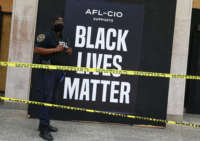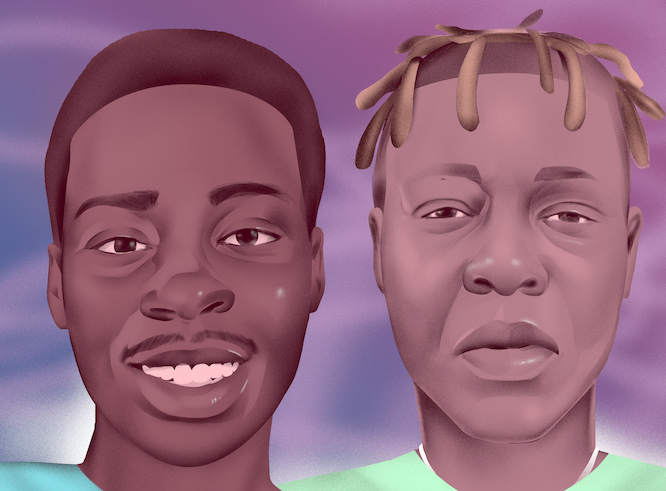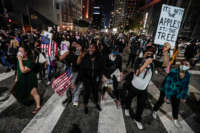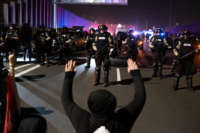
“Hate” may be a real feeling, but it’s a distorting and inaccurate diagnosis for the never-ending violence routinely inflicted on Black, Latinx, Indigenous, Asian, trans, queer, disabled, Muslim, Jewish, Sikh, and other marginalized communities. To fully grasp the wrongheadedness of the diagnosis and its consequences, we must look at the political sleight of hand embedded in the hate frame.
“Hate frame” here refers to a conceptual path intended to shape public understanding of an issue — in this case, the root cause of violence — and how society should respond to it. The hate frame identifies sources of violence in ahistorical ways, attributing violence to individuals or groups whose beliefs and actions are extreme and abhorrent to “respectable” society. This frame relies on carceral methods — policing, prosecution, punishment and surveillance — to respond to violence. When we attribute violence to “hate,” we are ignoring or minimizing the structural/systemic violence and inequality that produce unjust racial, class and gender hierarchies. The hate frame particularly ignores the fact that violence and inequality are foundational to the criminal legal system. Ironically, this helps to explain the hate frame’s popularity: It changes nothing in ways that might disrupt the social, economic and political status quo. In brief, the hate frame lets us off the hook: We don’t have to do anything but scream for more police, more training and resources for police.
The flim-flam at the heart of the hate frame becomes evident when we take a closer look at its popularity and political utility. From 1981 to today, the implied promise that hate crime laws will interrupt and exact meaningful retribution for long histories of supremacist-inflicted harassment and vigilante violence has held sway. In that time, the federal government, nearly every state, the District of Columbia and two territories have enacted hate crime laws.
Belief in that false promise is fueled by the pent-up fury, incalculable pain and cavernous senses of loss embedded in those histories. It is driven by good intentions and the sincere hope still held by so many that sufficient policing, prosecution and harsher penalties will somehow put a significant dent in that violence. And it is driven by the conviction that this will mitigate at least some of the grief by “sending a message” that society doesn’t accept it. Finally, as journalist Michelle Chen once critically described the emotional impetus for such laws, “Sometimes it just feels good to punish someone.”
In the wake of sudden, lethal violence — the murders of six Asian women at massage parlors, or nine Black people in a church, or the recurring murders of transgender women of color — people who are frightened, angry, grieving and fed up with uninterrupted histories of violence just want somebody, dammit, to finally do something. They want this violence to stop. “Hate crime” is the only policy framework on serious offer from the politicians, foundations and philanthropies, and more than a few large nonprofit organizations who so uncritically promote it.
When the only choice appears to be “this” or “nothing,” many people sign on, wanting to believe that the “experts” know best. But best for whom? Why? And how?
These questions matter because hate crime laws, many on the books for decades, fail to produce anything close to what their supporters promise: more justice and less violence for Black, Indigenous, Latinx, Asian, trans and queer, disabled, and other vulnerable communities. But, as I once wrote, “It’s easier to blame violence on criminal misfits, loners, and crackpots than to challenge the unspoken public consensus that permits broader cultures and structures of violence to exist.” Accordingly, as sociologist Tamara Nopper, African American studies scholar Naomi Murakawa, and journalist Chalay Chalermkraivuth and abolitionist organizer Heena Sharma have recently pointed out, hate crime laws produce results that harm these same communities. And it’s getting worse.
Why the Hate Frame Is Expanding
Since 2015, there has been demonstrable, resurgent enthusiasm for new and strengthened hate crime laws and for expensive projects that underscore the supposed need for better, more frequent police data-gathering and media reporting of “hate incidents” — verbal slurs, varied forms of harassment and intimidation, vandalism, assault and murder. In part, this is posited as a “solution” to the kinds of violence that accompanied the deployment of openly racist and xenophobic rhetoric that Donald Trump relied upon to fuel his campaign and drive his presidency. But this isn’t the only motivation that drives hate frame expansion. Across the political spectrum, the landscape is littered with proposals and projects that strengthen the hate frame. Right-wing interests, for whom hate crime bills were once anathema, now eagerly embrace the template for their own purposes: expanding police powers and casting police, white people, corporations, even government itself as victims of hatred, intolerance and violence.
This resurgence, with its intensified focus on policing, punishment and surveillance, is occurring now because in recent years, the brutal symbiosis between structural law enforcement violence and white supremacist violence has become much more publicly visible. Meanwhile, protests and public uprisings against police violence have been gaining momentum, along with abolitionist demands to #DefundThePolice and prioritize public health and social supports through strategies that redistribute wealth and political power.
Political and economic elites respond to this destabilizing tension by doubling down on hate crime laws and related measures. While publicly agreeing with the need for reform, they are unwilling to embrace the change required to dismantle the racism inherent in policing and the criminal legal system as a whole. The troubling result is the promotion of a larger, more expansively criminalizing hate frame that goes far beyond hate crime laws.
A version of centrist-extremist theory informs the hate frame. Political researchers and analysts Chip Berlet and Matthew Lyons note that this theory, formulated in the 1950s, conflates dissidents of the left and right as irrational, criminal extremists who represent a danger to a purported stable and just democratic elite that guards “the vital center.” Just as hate crime laws may be enforced against far right perpetrators of violence against racially marginalized communities, now right-wingers are advocating for hate crime laws to be used to target activists on the left for protesting and resisting police. In the words of Berlet and Lyons, the hate frame “denies the structural oppression at the core of U.S. society; it obscures this country’s long history of brutality and genocide; it lumps popular movements that fight oppression and supremacy with those that reinforce it.” It’s a theory tailor-made for defenders of the social, political and economic status quo, one that justifies repressive law enforcement violence by criminalizing those who work for structural change.
How the Hate Frame Expands
Recent expansions of the hate frame began with the post-Ferguson push by police unions to include police as a protected status category in hate crime law and the related proliferation of “Blue Lives Matter” laws. The alleged stomping on a “Back the Blue” sign put a Utah teen, described by a sheriff’s deputy as “smirking in an intimidating way,” in the hate crime crosshairs. A 2021 Florida “anti-riot” law severely criminalizes public protest, characterized as “civil unrest,” including protests against police violence. It includes a provision that encourages vigilante violence by granting civil legal immunity to people who drive through protesters blocking a road. And since 2017, a torrent of legal initiatives severely criminalizing protest have been proposed or enacted through state or federal legislative action or executive authorization.
Proposals to increase capacity and law enforcement resources for addressing “domestic terrorism” are proliferating, supported by many centrists and liberals, despite the opposition of more than 150 civil rights and civil liberties organizations.
The founding of the self-proclaimed “neutral and independent” Network Contagion Research Institute (NCRI) in 2018 is equally concerning. NCRI’s big-data mission is to “track and expose the epidemic of virtual deception, manipulation, and hate,” as it spreads between social media communities and into the real world. It shares data and analyses with media, governmental authorities, and others. This expands and institutionalizes unregulated systems of surveillance. Along the way, it conflates open calls for racist, antisemitic and patriarchal violence with the use of anti-police slogans, the existence of “militant anarcho-socialist networks,” and more. Housed at Rutgers University, NCRI is affiliated with the Anti-Defamation League (ADL), the organization that developed and actively promotes the hate crime framework, Open Society Foundations, and the Libertarian/right Charles Koch Foundation. The Institute claims that these affiliations — strikingly similar to the kinds of “strange bedfellows” alliances that drive problematic criminal legal system reform campaigns — demonstrate that NCRI “has no political agenda.” Matthew Lyons notes, however, that based on its list of leadership and strategic advisers, “NCRI represents a convergence of academia (mainly psychologists and artificial intelligence experts), big tech (notably Google’s director of research), and security agencies (with current or former people from the U.S. military, Department of Homeland Security, National Security Agency, New York City Police Department, and private firms).”
Coordinated right-wing attacks on critical race theory (CRT) and accompanying calls to ban its teaching in schools also expand the hate frame by claiming that it promotes racial division, intolerance and discrimination. The Heritage Foundation not only claims that CRT is a vehicle for inculcating “intolerance” in schools, workplaces and cultural venues, but that it “[e]xplains how the Black Lives Matter organizations built an aggressive political movement on CRT’s racially focused ideas — ideas apologists can use to justify violent riots.” The attack on CRT is moving forward aggressively in Texas and other states.
In 2021, Stop AAPI (Asian American and Pacific Islander) Hate published a report of harassment and violence directed against Asian people in the U.S. Although anti-Asian violence in the U.S., structural as well as vigilante-based, has a long history, reported surges have been linked to COVID-19 fear-mongering that casts China as a scapegoat. Instead of confronting the deep and abiding impact of anti-Asian racism in the United States, Congress members introduced the COVID-19 Hate Crimes Act, with the enthusiastic support of the Biden administration and little Republican opposition. It mandates expedited federal review of hate crimes and reports; federal guidance to state and local law enforcement agencies related to better reporting, data collection and educational outreach; and grants to state and local governments to beef up already inaccurate hate crime reporting and law enforcement.
Around the same time the Stop AAPI Hate report was issued, President Joe Biden met with leaders from several major U.S. Jewish organizations. Mari Cohen of Jewish Currents reported that the meeting occurred “in response to a letter expressing concerns about a ‘surge in antisemitic attacks,’ which the groups connect to popular discourse and protest surrounding Israel’s military campaign in Gaza. Republican Senators Tom Cotton and Mitch McConnell announced their intention to introduce a bill combatting antisemitic hate crimes.” Instead of confronting the reality of persistent antisemitism in this country, lawmakers have dangerously conflated antisemitism with anti-Zionism and sought ways to criminalize Palestinian solidarity activism.
Growing Opposition to the Hate Frame
Despite its successes and resurgence, embrace and expansion of the hate frame across the political spectrum is not unstoppable.
At the height of the 2021 Stop Asian Hate demands for strengthened law enforcement, more than 100 Asian and LGBTQ organizations issued a statement publicly rejecting “hate crime legislation that relies on anti-Black, law enforcement responses to the recent rise in anti-Asian bias incidents across the US.” Instead, noting that the roots of anti-Asian violence and racism are found in the colonization of the Americas, the statement laid out an analysis and vision calling for solidarity strategies with “Black, Brown, undocumented, trans, low-income, sex worker, and other marginalized communities whose liberation is bound together.” And the organizations called for shifts of resources from law enforcement to community well-being, removing police from communities and ending all forms of community policing.
For the past two decades, as the hate frame has expanded, opposition to hate crime laws and the hate frame has also been growing. Originally mounted by individuals (most of them queer, trans and people of color) and organizations with long experience of fighting police violence, that opposition has mushroomed in recent years. We can chart its expansion: from a letter to the editor of a newspaper by a then-board member of the Audre Lorde Project; to the first public challenge to hate crime laws generally by a progressive Quaker organization; to the publication of “Stonewalled,” a landmark Amnesty International Report on law enforcement misconduct and abuse against LGBTQ people in the United States; to progressive/radical organizational rejection of particular hate crime laws; to Against Equality’s work in compiling and sharing selected articles and resources linking opposition to hate crime laws; to abolitionist perspectives on prisons and police violence from 1999 to 2013, and more.
Growing opposition is fueled by the gritty, on-the-ground realities of grassroots organizing, the influence of abolitionist analysis and discourse, popular uprisings against police violence, and the failure of reforms to reduce the violence and inequality foundational to the U.S. criminal legal system.
While this opposition is not yet strong enough to derail the current push for more hate crime laws and broader repressive application of the hate frame, we now have the opportunity to bring new strategic analyses and insight into our own organizing on many fronts — and to build stronger cross-movement relationships to push for structural justice.
This post was originally published on Latest – Truthout.
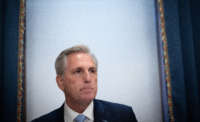

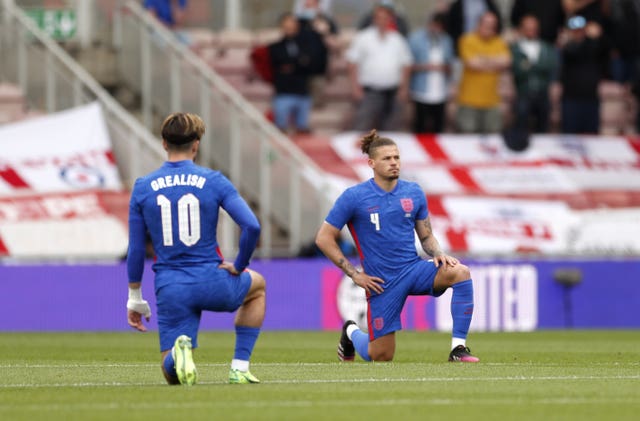
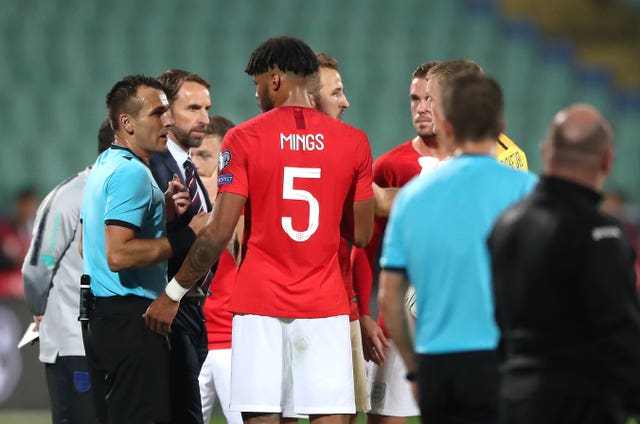
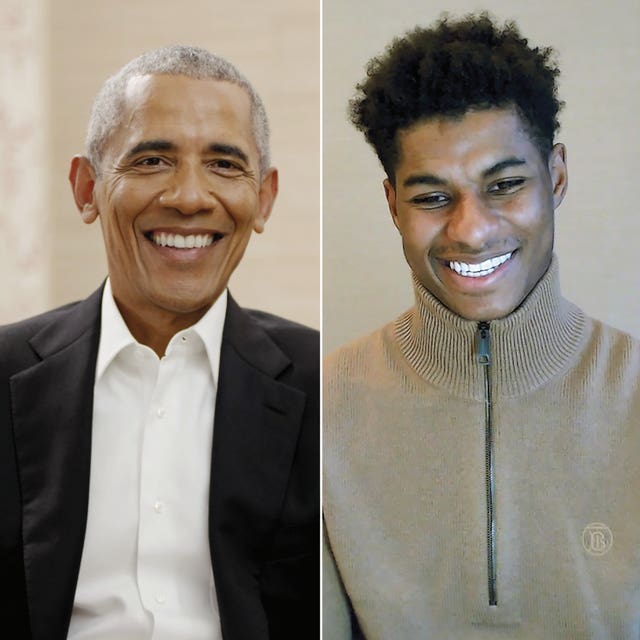
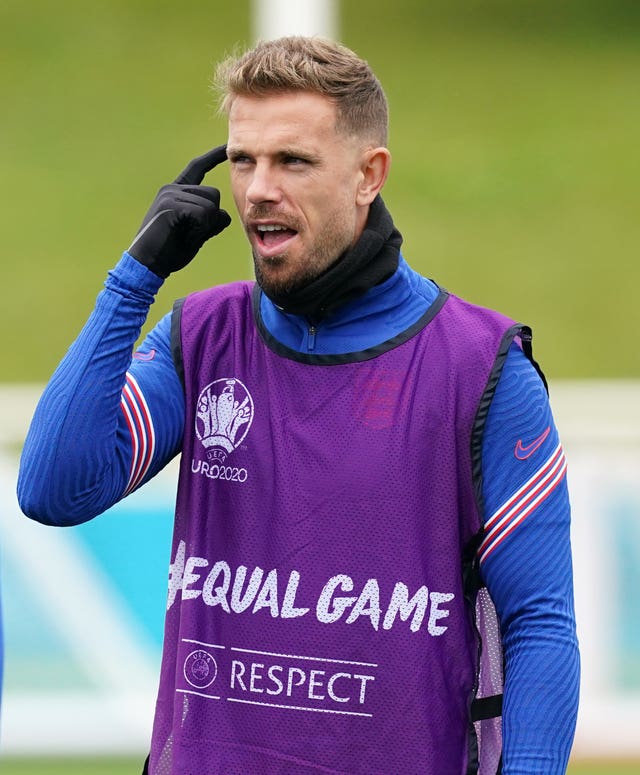





 Friend to the Rising family and prominent member of the Bristol community Anthonell Peccoo is at risk of deportation.
Friend to the Rising family and prominent member of the Bristol community Anthonell Peccoo is at risk of deportation. 









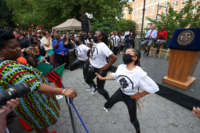
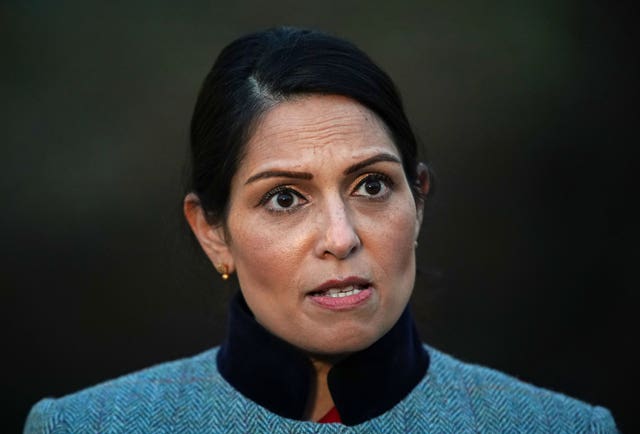
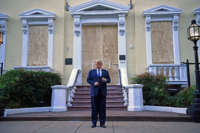
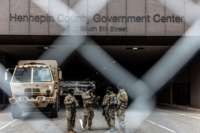





 For Dea-John, his family & friends.
For Dea-John, his family & friends.  Dea-John Reid, RIP
Dea-John Reid, RIP 
